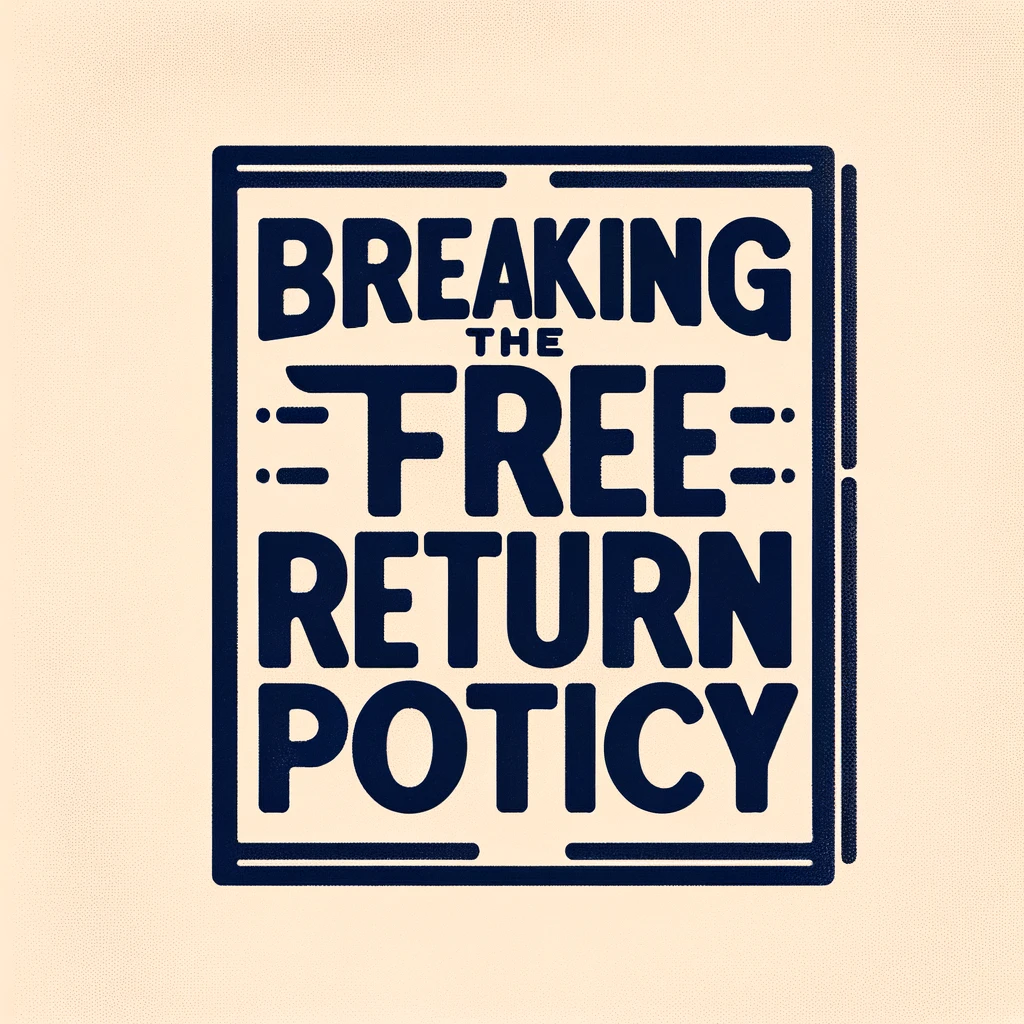In recent years, consumers have grown accustomed to the conveniences of online shopping, with free shipping and hassle-free returns being among the most valued perks. However, a significant shift is on the horizon that could dramatically change the online shopping experience: the death of free shipping and the increasing cost of returning items. This shift is poised to reshape consumer behavior, retailer strategies, and the entire e-commerce landscape.
The End of Free Shipping
The era of free shipping was largely fueled by major e-commerce players competing for market share by absorbing shipping costs to attract and retain customers. However, this model is proving unsustainable in the long run. Rising transportation and logistics costs, coupled with environmental concerns, are leading many companies to rethink their free shipping policies. As a result, consumers are beginning to see more conditions attached to free shipping, such as minimum purchase requirements, or are facing higher product prices to offset shipping expenses.
The Rising Cost of Returns
Returns have always been a costly affair for retailers, involving restocking fees, additional shipping charges, and lost sales. To manage these costs, retailers are reevaluating their return policies. Consumers may soon find themselves paying restocking fees or return shipping costs. Some retailers are also using AI and machine learning to predict return behavior and adjust their policies or prices accordingly, making it more costly and less convenient for chronic returners.
Impact on Consumer Behavior
The changing landscape of shipping and return policies is expected to have a profound impact on consumer behavior. Shoppers may become more selective, reducing impulse purchases and carefully considering items before buying to avoid the hassle and cost of returns. This could lead to a more thoughtful and sustainable consumption pattern, which, while beneficial from an environmental standpoint, could mean a decrease in sales for retailers.
Retailer Strategies and Adaptations
Retailers, in turn, are exploring new strategies to adapt to these changes. Some are enhancing their product descriptions, images, and reviews to reduce the likelihood of returns. Others are investing in try-before-you-buy models, virtual fitting rooms, and augmented reality apps to help consumers make more informed decisions. Retailers are also focusing on improving customer loyalty programs and personalizing shopping experiences to encourage direct purchases and repeat business.
The Broader Implications
The end of free shipping and the rising cost of returns have broader implications beyond consumer behavior and retailer strategies. They signal a move towards more sustainable business practices, reducing the carbon footprint associated with shipping and returns. However, they also raise concerns about the accessibility of online shopping, potentially alienating customers who relied on these perks, especially those in remote or underserved locations.
Conclusion
The shift away from free shipping and the increased cost of returns mark a significant turning point in e-commerce. As the industry evolves, both consumers and retailers will need to navigate these changes carefully. For consumers, it means becoming more mindful shoppers. For retailers, it requires innovation and adaptation to maintain customer satisfaction and loyalty. While this may be the end of an era, it could also herald the beginning of a more sustainable and thoughtful approach to online shopping.
References
- “Navigating the End of Free Shipping: Strategies for Retailers,” Retail Dive.
- “The Environmental Impact of Free Shipping,” Environmental Science & Technology Journal.
- “The Future of E-commerce: Personalization and AR,” Forbes Technology Council.
